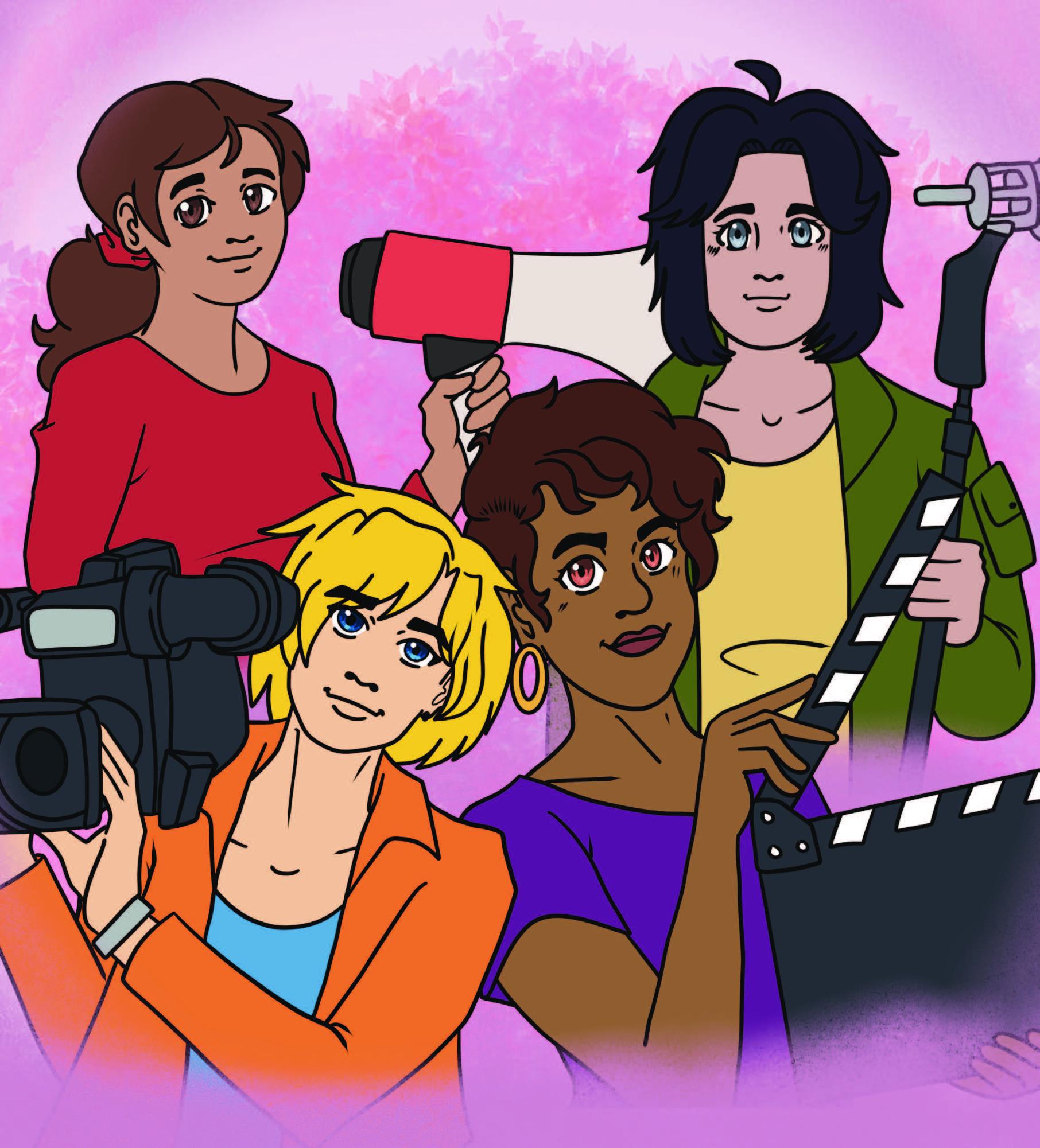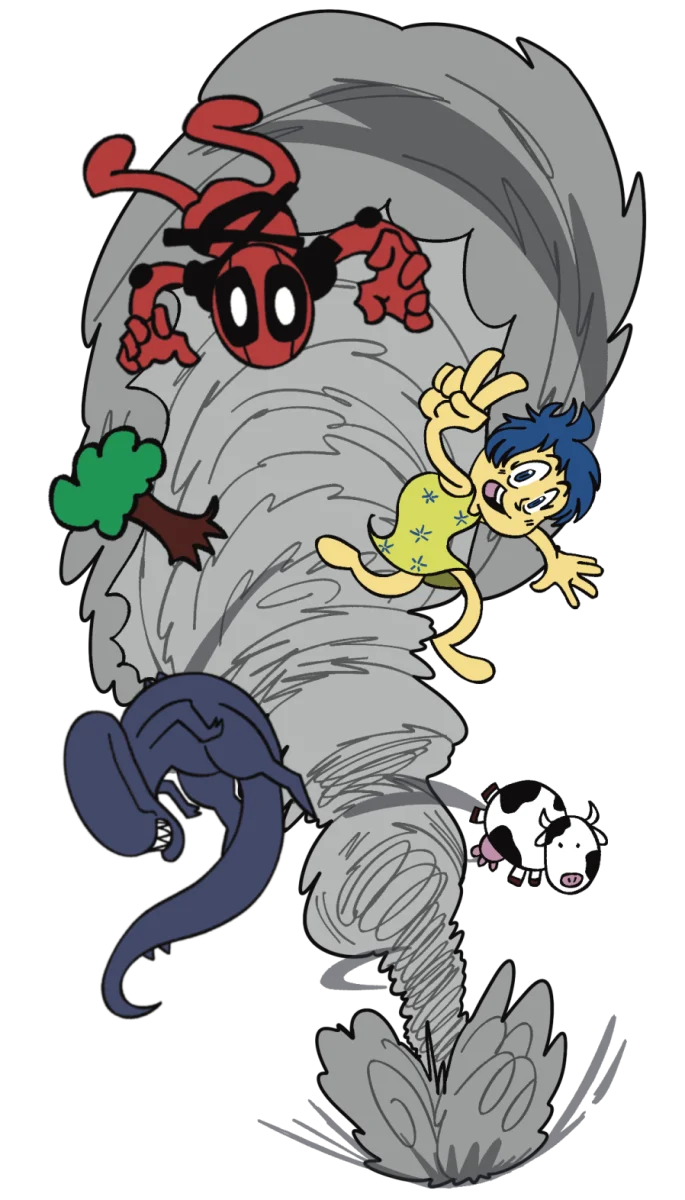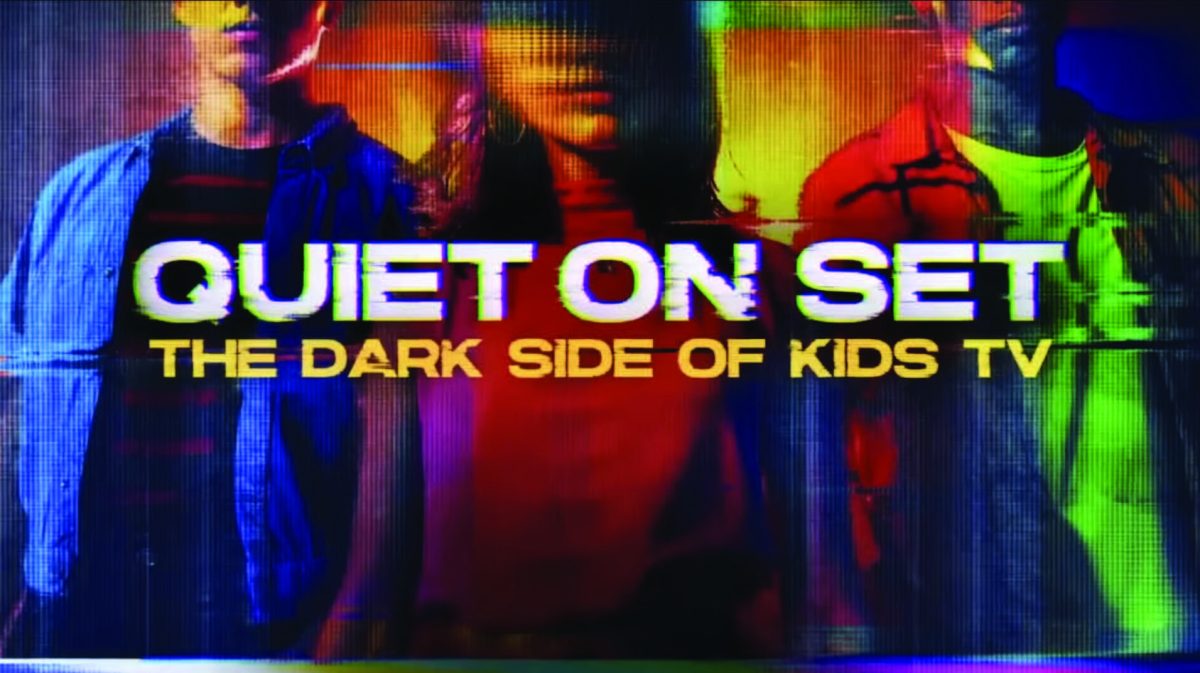ENTERTAINMENT
Film is a medium that allows the audience to make sense of the various complexities of human personality. It can give a spotlight to all kinds of morality, from good to bad to gray. There’s also space to give this depth to groups that tend to be overlooked.
Women are often restricted from being in touch with the more difficult aspects of their personality. There are certain unspoken expectations of being graceful with their pain and reasonable with their behavior. The importance of seeing difficult, unpalatable and misunderstood women in media is that it can create an understanding of the repressed emotions women carry as they navigate these harsh expectations.
These emotions can be quite isolating but seeing them in a film can provide a sense of comfort. It is a reminder that human pain is hardly ever unique and that there is a place for the emotions we feel the need to hide. The following three films humanize complicated women without any sugarcoating.
The importance of seeing difficult, unpalatable and misunderstood women in media is that it can create an understanding of the repressed emotions women carry as they navigate these harsh expectations.
Repressing emotions that are not pretty to look at is an isolating experience. It stagnates growth and limits meaningful insight about oneself in relation to the world.
For someone to be in control of who they are, they must be comfortable with the parts of themselves that are ugly and hard to look at. Women are expected to hold desirability as one of their biggest priorities, which makes it hard to gain this control.
When a film uses a non-traditional woman to subvert what a woman is expected to be it can help women process parts of themselves that are difficult to accept.
It acts as a reminder that desirability is not meant to be constant. The ugliness and conflict that exists in everyone should be acknowledged so that it is possible to control it.
Women may believe they carry certain feelings in isolation, but human pain is hardly ever unique and the following three films humanize complicated women and feelings without any sugar coating.

‘Vagabond’
(1985)
Director: Agnes Varda
“Vagabond” opens with a woman who we will come to know as Mona, dead in the ditch. The film moves on to depict eyewitness accounts of who Mona was given by people she met before she died.
Standoffish and brash, she is not made out to be a sympathetic character. Her appearance is rough, with unwashed hair and grimy hands. The viewer might disapprove of her actions and her lifestyle or even pity her.
In one scene, Mona is drunk in a train station and causing a commotion. She is stumbling and incoherent without regard for others. There is a rawness to her actions, as she acts solely on impulse. This portrayal of Mona is humanizing in its own right. We are confronted with the fact that women have the capacity to be messy and jarring, and it doesn’t have to be redeeming or acceptable.
There is no moral arc for Mona. Her actions are as they are, whether you approve of them or not. The authenticity of characters like Mona can push us to get in touch with our own emotions, even the ugly ones.

‘A Bride for Rip Van Winkle’
(2016)
Director: Shunji Iwai
The film’s protagonist, Nanami, is as lonely as they come. She lacks meaningful connection in her life and spends her days in an apathetic haze. After a chaotic series of events she meets Mashiro, another woman lacking direction.
they’re working so hard. Those hands are stuffing my food and snacks into bags. When I see that, I feel my chest tightening. It makes me want to cry.”
The two of them have opposing personalities. Where Nanami is quiet and reserved, Mashiro is eager and bold. They form a quick bond and fill a gap in each other’s lives.
In one scene, Nanami and Mashiro are lying side by side in a dreamy bluelit room. They are in wedding dresses that they got for their impulsive, makeshift wedding.
Mashiro quietly tells Nanami: “You know, whenever I go shopping, the person at the counter puts my groceries into bags. For a nobody like me, their hands, they’re working so hard. Those hands are stuffing my food and snacks into bags. When I see that, I feel my chest tightening. It makes me want to cry.”
Mashiro is describing a feeling of alienation. She’s left out of the world in so many ways, so any indication that she may still be a part of it brings up strong emotions.
This film focuses on aimless, lonely and rejected women. A state of being that often leaves women feeling hopeless, lost and scared.
When there are characters to relate to that display and verbalize this kind of detachment, it can be a relieving breath of fresh air for women in need of connection. It can be a reminder that the world is vast and there are people who share your deepest fears.

‘A girl walks home alone at night’
(2014)
Director: Ana Lily Amirpour
This film follows a lonesome vampire called The Girl. She interacts with the world in many ways. She likes to skateboard, listen to music and practice her eye- liner. One of her favorite pastimes though, is stalking and killing the men who abuse their power over women in the town she lives in, Bad City.
Acting as a vigilante or guardian angel for the women of Bad City gives The Girl an edge over the helplessness that seems to run her town.
Her appearance is stark. She wears a long body length chador and sports lethally sharp fangs. She is unyielding with the people that she targets, direct and brutal. She appears seemingly out of nowhere and makes her presence inescapable until she deems that there is justice.
Women like The Girl paint a picture of autonomy that can be energizing and exciting. It can create firm resolve in powering through doubts about taking up space and asserting one’s presence. When we see women unapologetically demand respect, it tests our own boundaries of what is possible as we move through the world.






